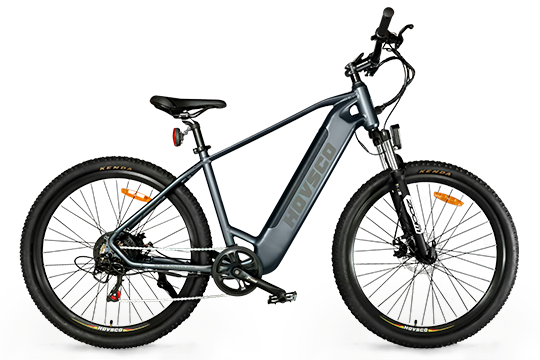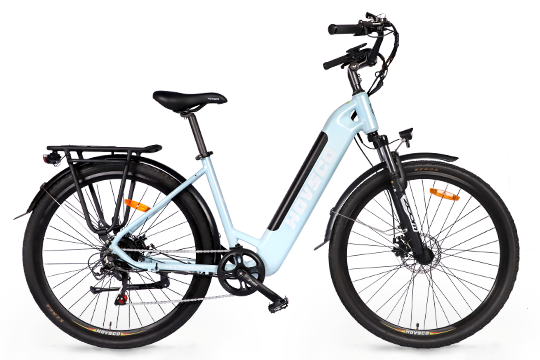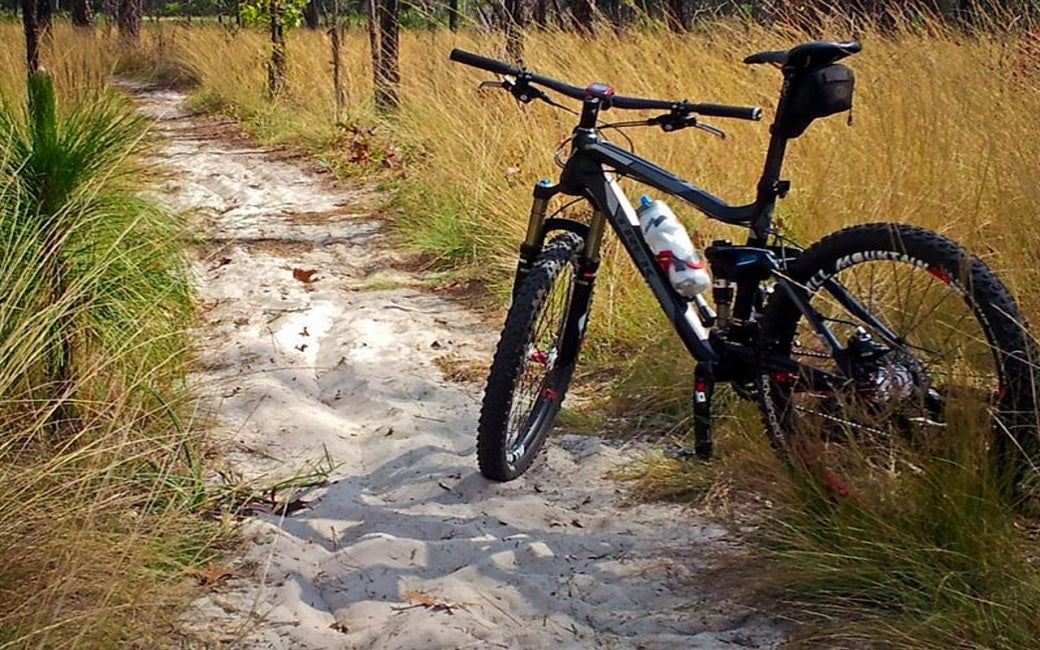E-bikes: everything you need to know

Due to their convenience and efficiency, e-bikes have gained popularity. E-bike motors work in the same way as any other electric motor; rotating magnets spin the wheel or wheel hub, causing motion and thus propulsive force. There are differences between e-bike motors and traditional ones that must be understood before deciding if an e-bike is right for you. You can learn everything you need to know about e-bike motors in this guide, including how they work and how they can benefit you.
The origins of e-bikes
In 1959, a German inventor named Herbert Kaltenecker created a motor bicycle that used a small electric motor on each wheel. It took more than 20 years for the bike to become famous. Then came some technological advancements and improved batteries, which prompted manufacturers such as Panasonic and Samsung to release e-bikes. One company in China is one of the largest producers of e-bikes today. The company produces 40 percent of all e-bikes sold worldwide. Dongfang has created prototypes of folding e-bikes and waterproof motors. Moreover, they have developed smaller engines so that e-bikes can reach higher speeds without overheating or shorting out.
What is an E-bike motor
Electric bicycles, also known as e-bikes, power-bikes, or booster bikes, are bicycles equipped with an electric motor for propulsion. The use of e-bikes is highly beneficial for people with physical limitations or other health conditions that make it difficult or impossible to ride an ordinary bicycle.
How an e-bike motor works
The primary source of power for e-bikes is electricity. According to the US Department of Energy, a bicycle with a motor can store about three times as much electrical energy as an electric car like Tesla. E-bikes use pedal crank speeds of 75 revolutions per minute. As a result, motors could be smaller and more efficient than if they were limited to human pedaling speed. E-bike motors can benefit you without weighing you down or breaking your budget. Hovsco e-bike is an example of one such product.
Types of e-bike motors
E-bike motors fall into two basic categories: throttle and pedal assist. Throttle motors allow you to pedal a bike without pedaling, while pedal assist bikes allow you to pedal, but provide a boost once you reach your desired speed. Pedal-assist is great for longer rides on flat terrain or hills, but throttles are better for steep grades. Pedal assist motors can also be used with throttle motors to increase power and speed. You'll be able to go faster with a more powerful motor. There are even some engines that offer multiple settings so that you can customize them to fit your riding style.
How long does it take to charge the battery of an e-bike
In general, most e-bikes take four hours to charge. However, some quick charge models require only an hour. Still, if you're a frequent user of an electric bike, four hours is a good rule of thumb. And while it might be tempting to leave your e-bike plugged in all day, it's not recommended as it can reduce battery life and shorten its lifespan. So make sure you turn off your charger when not in use.
Are there health Benefits of using an E-bike?
Compared to other forms of exercise, biking is generally one of the safer and easier ways of getting fit. Studies show that regular cycling can burn up to 500 calories per hour, reduce your risk of developing heart disease by up to 40%, and improve circulation by stimulating blood flow throughout your body.
Advantages of e-bike motors
Firstly, electric motorbikes are more efficient than gas bikes. As a battery-powered bike doesn't have any gasoline components attached to it, they don't need fuel or carburetors that usually send engine emissions and noise your way. That's why e-bikes run much quieter, and you don't get that stinky smell of gas floating around you every time you ride one. Also, since no internal combustion is involved in an e-bike's operation, you won't have to deal with oil changes and other maintenance tasks that come with riding a traditional motorcycle. The only maintenance required for an electric bike is regular cleaning of its tires and chains; however, if used regularly, E-bikes should last for years without any issues.
Disadvantages of e-bike motors
The Cost of Electric motors is relatively expensive. An average motor will set you back about $1,000—but if you're riding an e-bike that costs twice as much, it won't matter how much you spend on a motor. The bike itself will cost twice as much and might feel sluggish due to its increased weight
How Much Does An Ebike Cost?
In some markets, Fat tire e-bikes can range anywhere from $1,000-$3,000. If you have your heart set on a specific brand or model of bike, it might be worth spending an extra few hundred dollars if it means getting your dream bike.
Final Thoughts
Regardless of which motor type you choose, there are a few tradeoffs for all e-bike riders. Knowing how each one works can help you decide which is best for you. Keep in mind, however, that most e-bike batteries are lithium-ion, which means they tend to lose capacity over time, especially if they get cold or hot. Since many people ride their e-bikes year-round, it is important to store them at the right temperature for optimal battery life and overall durability.
If you intend on mainly riding off-road trails, a mid-drive might be best; it will offer increased torque over standard hub motors and deliver better hill-climbing performance. If you plan to do most of your riding in cities or urban areas, consider getting a Hovcso HovAlpa 26 Fat tire E-bike; While still delivering plenty of torque, they are simpler and more reliable than mid drives.






Leave a comment